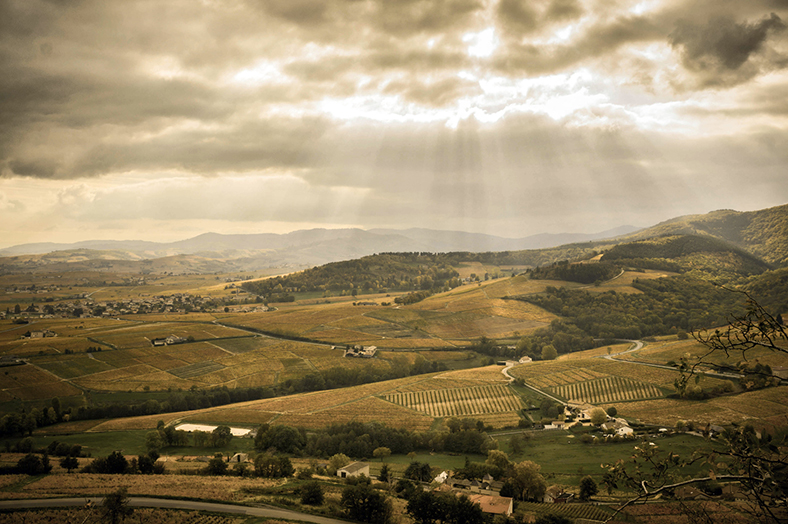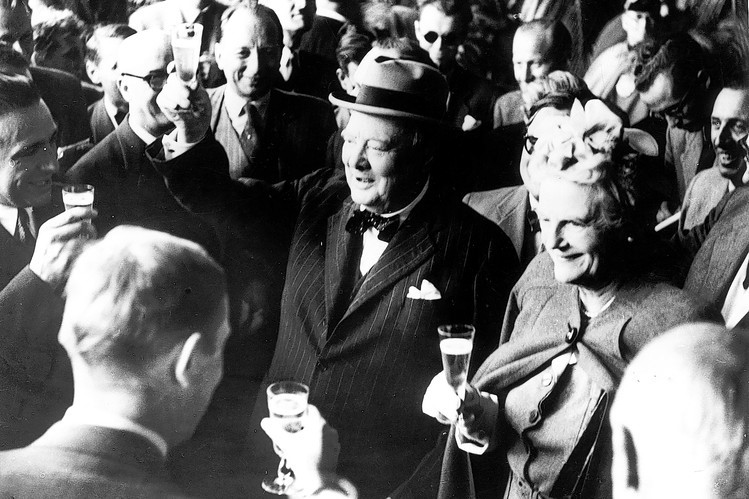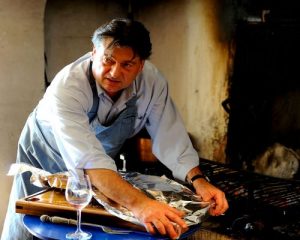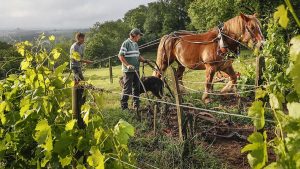
Jean-Claude Lapalu, a Beaujolais name that hasn’t yet reached the ears of the public in France, but whose production is already coveted by seasoned enthusiasts and restaurateurs. A top example of the superb wines this region can produce.
Jean-Claude Lapalu settled down in Saint-Etienne La Varenne (AOC Brouilly) in 1982. Coming from a family of wine makers, he began by delivering his grapes to the local cooperative and did so until 1995. The following year, he started to vinify his own harvest. As is the case for many in the profession, he initially followed a classic training route, before gradually finding his own style. This involved evolving to natural vinification methods, dropping chaptalisation and taking his time with more freedom. He also made significant changes in the vineyard with practices that are much more respectful of the environment. This was possible thanks to careful observation, experimenting, and exchanges with other wine makers. The result is clear to see: his wines became increasingly remarked upon and his bottles began to be found alongside the likes of Marcel Lapierre, Jean Foillard and Yvon Métras from the end of the 1990s. He’s also gradually joining the group of Beaujolais wine makers engaged in natural production.
At this point, he was still renting his vineyards, and this changed in the mid-2000s when Jean-Claude was able to purchase some vines of his own. This transition meant that he could build his winery exactly as he wished it to be. His vineyard now spans 12 hectares planted in Gamay across the appellations of Beaujolais Villages, Brouilly and Côte de Brouilly. The soils are quite thin and on a granite rock base. The vines are worked naturally with no chemical products added. The yields are especially low, around 20 hl/ha for some of the parcels of mature vines. The harvests are, of course, carried out by hand, followed by a meticulous sorting process.
In the winery, the methods used are dependent on the terroir in question: for some cuvées, the harvest is totally destemmed, others partially, and others not at all. The carbonic and semi-carbonic macerations are long, lasting around twenty days. The pressing is very low and is done using an old press dating from the 19th century. No additives or yeasts are mixed in, even if the fermentation sometimes has difficulty starting off in the concrete vats and amphora containers. Maturation takes place in vats and/or barrels (with no new wood) for up to 10 months. The wines aren’t filtered, and homeopathic doses of sulphur are added at the point of bottling (around 10mg/L), or not at all if possible.
So why has this wonderful domain stayed under the radar, then? Good question! The producer’s natural modesty has meant that he doesn’t tend to send samples to the press, so this plays its part…Luckily, this hasn’t prevented Beaujolais fans from discovering Jean-Claude’s talent, and the same goes for the sommeliers of France since we find these cuvées at some of the finest tables.
A few weeks ago, some of the iDealwine team went to visit our partner domains in the Beaujolais region, and the verdict was anonymous on the part of other wine makers: Jean-Claude Lapalu is exemplary, and undoubtedly among the best the region has to offer. This domain was also one of Robert Parker’s Beaujolais favourites, giving it a good score on several occasions.
Jean-Claude Lapalu’s wines stand out for their finesse, their freshness, their easy-drinking profile and their incomparable fruitiness. And they certainly don’t lack concentration or depth. Natural wines but perfectly sound and without fault.
Find all of Jean-Claude Lapalu’s wines available on the site



